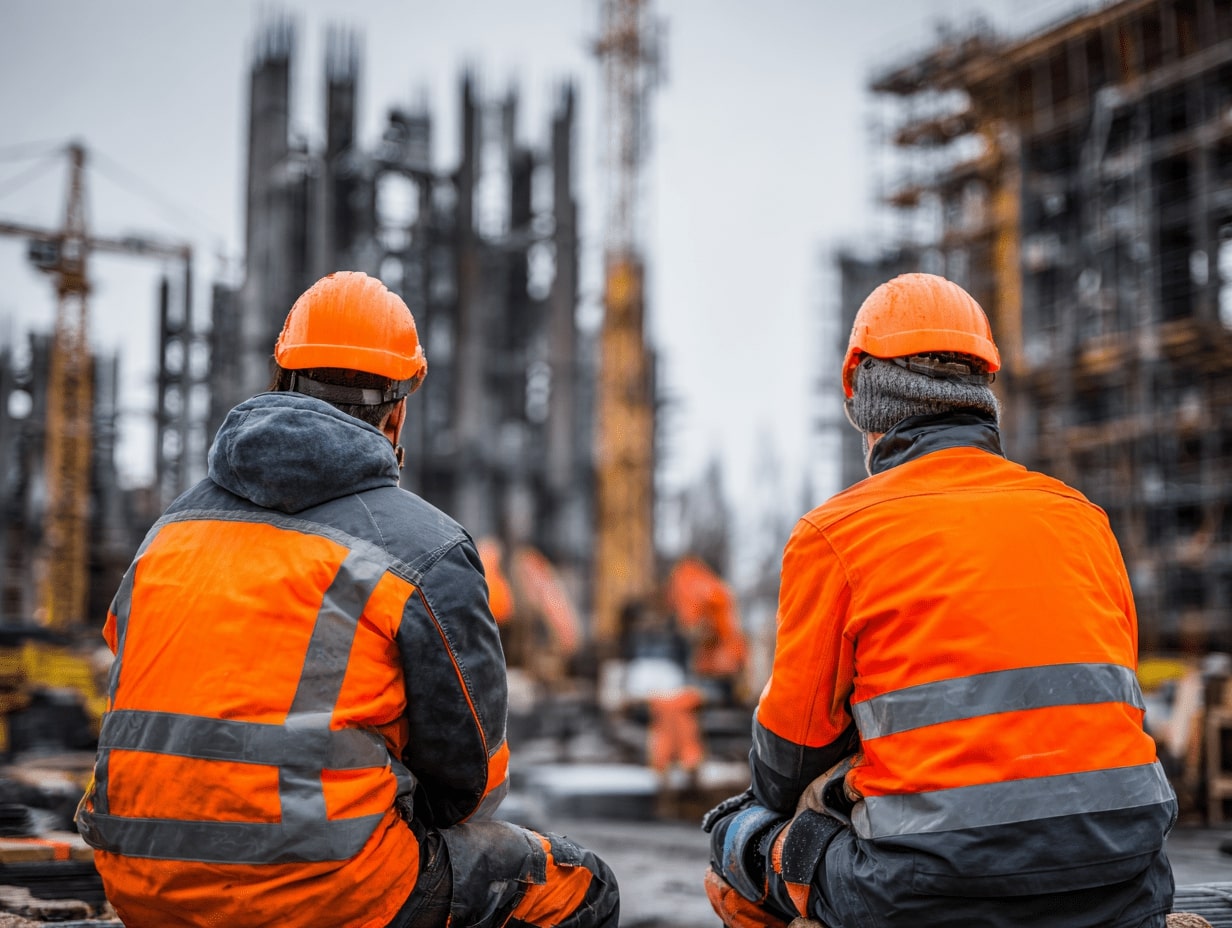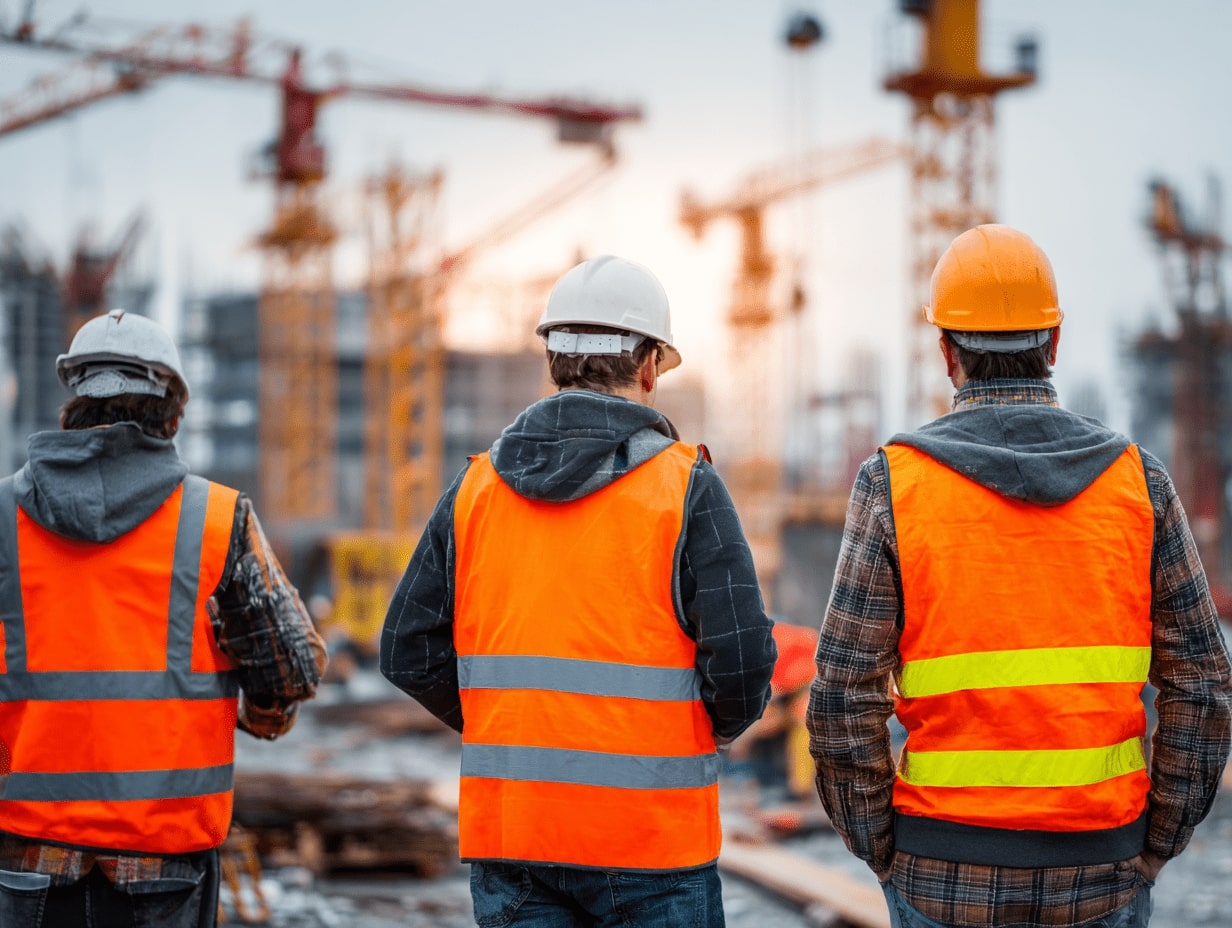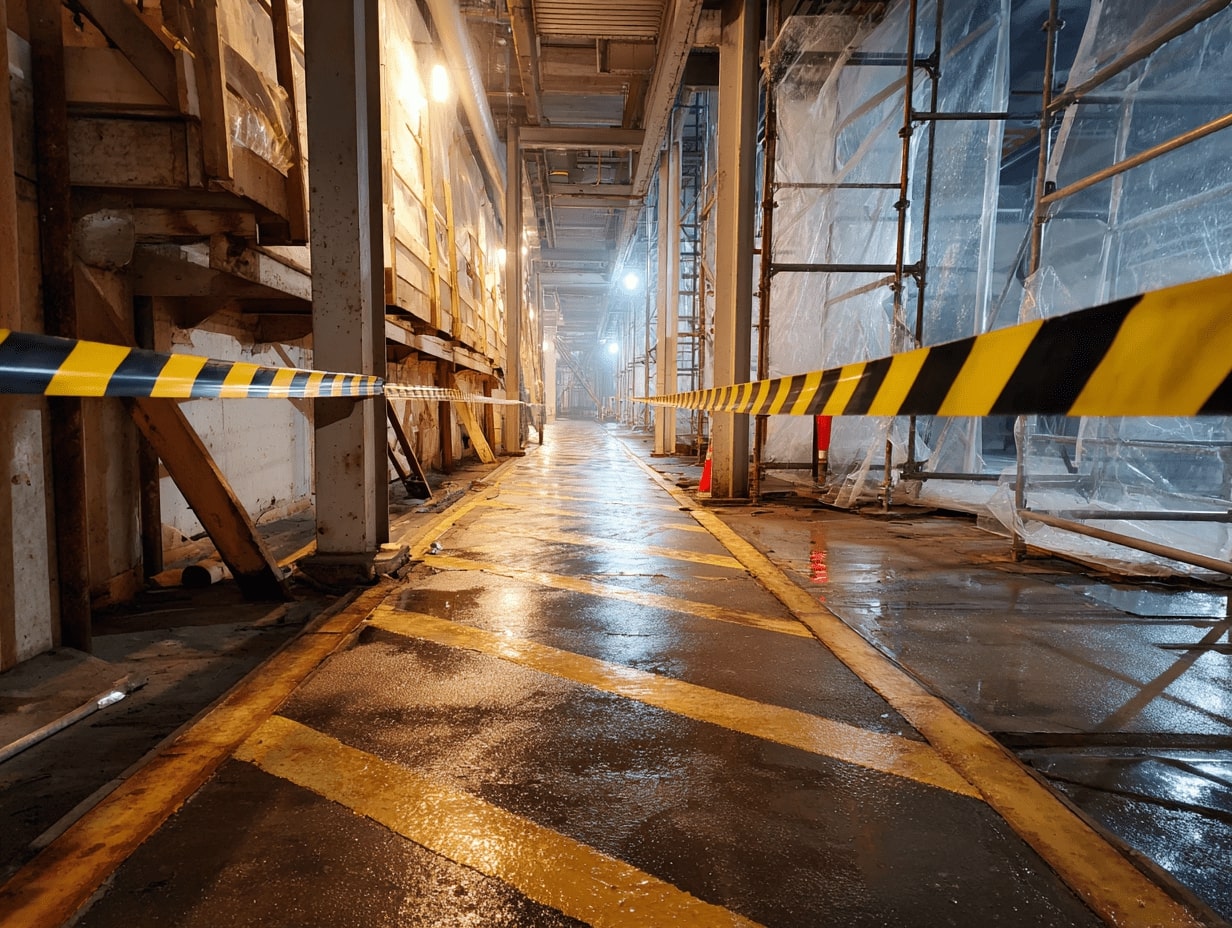- Home
- Articles
- Architectural Portfolio
- Architectral Presentation
- Inspirational Stories
- Architecture News
- Visualization
- BIM Industry
- Facade Design
- Parametric Design
- Career
- Landscape Architecture
- Construction
- Artificial Intelligence
- Sketching
- Design Softwares
- Diagrams
- Writing
- Architectural Tips
- Sustainability
- Courses
- Concept
- Technology
- History & Heritage
- Future of Architecture
- Guides & How-To
- Projects
- Interior Design
- Competitions
- Jobs
- Store
- Tools
- More
- Home
- Articles
- Architectural Portfolio
- Architectral Presentation
- Inspirational Stories
- Architecture News
- Visualization
- BIM Industry
- Facade Design
- Parametric Design
- Career
- Landscape Architecture
- Construction
- Artificial Intelligence
- Sketching
- Design Softwares
- Diagrams
- Writing
- Architectural Tips
- Sustainability
- Courses
- Concept
- Technology
- History & Heritage
- Future of Architecture
- Guides & How-To
- Projects
- Interior Design
- Competitions
- Jobs
- Store
- Tools
- More
Automation in Construction: Why Human Safety Still Matters
Automation in construction can cut injuries, but new risks emerge. Learn practical safety controls, OSHA/ISO anchors, and human-in-the-loop protocols.

Robots tie rebar. Drones map earthworks before lunch. Autonomous equipment crawls across sites that used to swarm with spotters. It’s impressive, and it’s here. Yet as we push automation in construction, why human safety still matters isn’t a philosophical question: it’s a practical one. Our duty is to build faster and safer at the same time. The trick is understanding where automation reduces risk, where it adds new hazards, and how we engineer jobsites so people go home in one piece, every shift.
Table of Contents
ToggleThe Rise Of Automation On The Jobsite
From layout robots and robotic total stations to autonomous haul trucks and teleoperated excavators, automation is scaling across preconstruction, vertical builds, and heavy civil. We’ve seen:
- Robotics handling repetitive, strain-heavy tasks like drilling, sanding, and rebar tying.
- Drones capturing progress, stockpile volumes, and thermal anomalies in minutes.
- Machine control guiding blades and buckets with centimeter-level precision.
- Digital twins syncing field data with design intent for proactive decision-making.
The business case is straightforward: fewer rework loops, tighter schedules, and improved quality. But there’s a second-order effect we can’t ignore: automation reshapes the risk profile of the jobsite. Some exposures drop: others shift from physical to systems-level hazards.

The Risk Landscape On Automated Sites
Reduced Risks Through Automation
Automation shines where human exposure used to be unavoidable. Removing people from line-of-fire and high-frequency tasks cuts familiar injuries:
- Musculoskeletal strains decline when robots handle repetitive lifting or overhead work.
- Fewer struck-by incidents occur when autonomous equipment operates inside geofenced paths with lidar awareness.
- Drones reduce falls by replacing manual inspections on roofs, façades, and towers.
- Machine control stabilizes operations, shrinking over-excavation and minimizing trench corrections.
The early data we’ve seen in program rollouts mirrors industry reports: when automation is thoughtfully deployed, near misses tied to manual handling and work-at-height drop noticeably.

New And Evolving Risks Introduced By Automation
But risk doesn’t disappear: it migrates.
- Human–machine interface errors: A fatigued operator switching modes on a semi-autonomous dozer can misjudge who has control.
- Cyber-physical threats: Spoofed GNSS, compromised Wi‑Fi, or outdated firmware can nudge a machine off path.
- Complacency and skill fade: Crews may overtrust “smart” systems, skipping verification steps.
- Mixed-motive traffic: Autonomous units, conventional equipment, and pedestrians sharing space increases complexity.
- Maintenance hazards: High-voltage batteries, pinch points, and lockout/tagout for robots require new procedures.
Construction still accounts for about one in five workplace fatalities in the U.S. each year. Automation won’t change that stat by itself: our systems and culture will.
Why Human Safety Still Matters
Ethical And Legal Obligations
We’re not outsourcing accountability to algorithms. Duty of care, OSHA’s General Duty Clause, and state regs still apply, regardless of autonomy level. If a sensor fails or a geofence is misconfigured, it’s our name on the incident report. Beyond compliance, there’s the ethics of dignity at work: we design processes that keep people out of harm’s way and give them the training to intervene safely when tech misbehaves.

Operational Resilience And ROI
Safe systems are resilient systems. A single incident can halt a site, trigger investigations, and stall pay apps. Conversely, when we design human-in-the-loop controls, validate fail-safes, and coach crews on contingencies, uptime improves. The ROI case is clear: fewer injuries, lower insurance modifiers, less rework, and steadier schedule performance. Safety isn’t a bolt-on cost: it’s a throughput strategy.
Engineering Safer Human–Machine Interactions
Applying The Hierarchy Of Controls To Automation
We should treat automation as a control, then apply controls to it:
- Elimination/substitution: Use robots to remove workers from hot zones, not just to “speed up.”
- Engineering controls: Interlocks, emergency stops, light curtains, speed limiters, and object detection tuned for the site.
- Administrative controls: Mode handoff checklists, standard commands, and clear visual cues.
- PPE: Wearables as a last line, not the first.

Site Design, Geofencing, And Access Controls
Design the site like an airport apron. We map traffic patterns, dedicate lanes, segregate humans from autonomous routes, and enforce speeds. Geofences should fail closed, not open, with:
- Colored wayfinding and signage visible in dust and rain.
- RTLS-backed exclusion zones around swing radii and blind corners.
- Badged gates and spotter stations at crossover points.
Standards And Compliance (OSHA, ISO, ANSI)
Anchor to recognized frameworks: OSHA 29 CFR for construction, ISO 12100 for risk assessment, ISO 10218/TS 15066 for industrial robots (adapted thoughtfully to field conditions), and relevant ANSI/SAE standards for mobile equipment and safety-related controls. Document your risk assessments and validation tests, auditors will ask, and it’s how we actually keep people safe.
Building A Safety-First Culture And Skills
Training, Upskilling, And Human-In-The-Loop Protocols
We train beyond button-pushing. Crews learn failure modes, manual overrides, and comms protocols (“who’s got the stick?”). Supervisors drill scenario playbooks: GNSS loss, obstacle detection faults, or a bystander breach.

Near-Miss Reporting And Analytics
If we only track injuries, we’re already too late. We capture near misses tied to autonomy, unexpected stops, sensor misreads, geofence encroachments, and analyze leading indicators by shift, vendor, and location. Weekly stand-ups translate data into fixes.
Coordinating GC–Subcontractor Safety Practices
Automation introduces interface risk. We align the GC’s rules with subs’ procedures: common hand signals, badge requirements, radio channels, and LOTO steps. Pre-task plans call out automation states, not just work scopes.
Technology Enablers For Safer Automation
Sensors, Wearables, And Real-Time Location Systems
UWB and GNSS RTLS, lidar, and computer vision create a living map of people and machines. Wearables vibrate when a worker nears a restricted zone. We prioritize interoperability so alerts from one vendor don’t get lost in another’s ecosystem.

Fail-Safes, Redundancy, And Cybersecurity For Equipment
No single point of failure: dual sensors, independent braking paths, and heartbeat checks to a safety PLC. Cyber hygiene matters, network segmentation, MFA on teleoperation consoles, signed firmware, and routine patching. Run tabletop exercises for spoofing or jamming scenarios.
Data Governance, Privacy, And Bias Mitigation
Collect only what we need, store it securely, and be transparent with crews. We test perception systems across lighting, weather, PPE colors, and body types to reduce detection bias. Clear retention policies prevent “surveillance creep” that erodes trust.
Conclusion
Automation is changing how we build, but people still carry the moral, legal, and operational load. If we design sites where machines do the dull and dangerous, and humans supervise, intervene, and improve the system, we get the best of both worlds: productivity without trading away lives or livelihoods. That’s the promise, and the responsibility, of automation in construction, and why human safety still matters.
- automated building processes
- automation impacts on construction industry
- automation in construction
- construction automation benefits
- construction automation technology
- construction industry safety standards
- construction risk management
- construction safety
- construction site safety
- digital tools in construction
- human factors in construction safety
- human safety in construction
- improving construction site safety
- Innovative construction technologies
- occupational safety in construction
- robotics in construction
- safety in automated construction
- safety measures for construction workers
- safety protocols in construction automation
- technological advances in construction
Submit your architectural projects
Follow these steps for submission your project. Submission FormLatest Posts
The Beauty of Temporary Buildings: Why Ephemeral Architecture Captivates Us
Explore the beauty of temporary buildings with design principles, sustainable materials, and...
Key Safety Practices for Major Property Projects
It doesn’t matter whether you are renovating your house, building something new,...
The Changing Economics of Construction Documentation: From Manual Review to Automation
Construction documentation has always represented a significant cost center for general contractors...
How Historic Structures Inspire Today’s Architects
How historic structures inspire today's architects with passive design, proportion, and adaptive...












Leave a comment